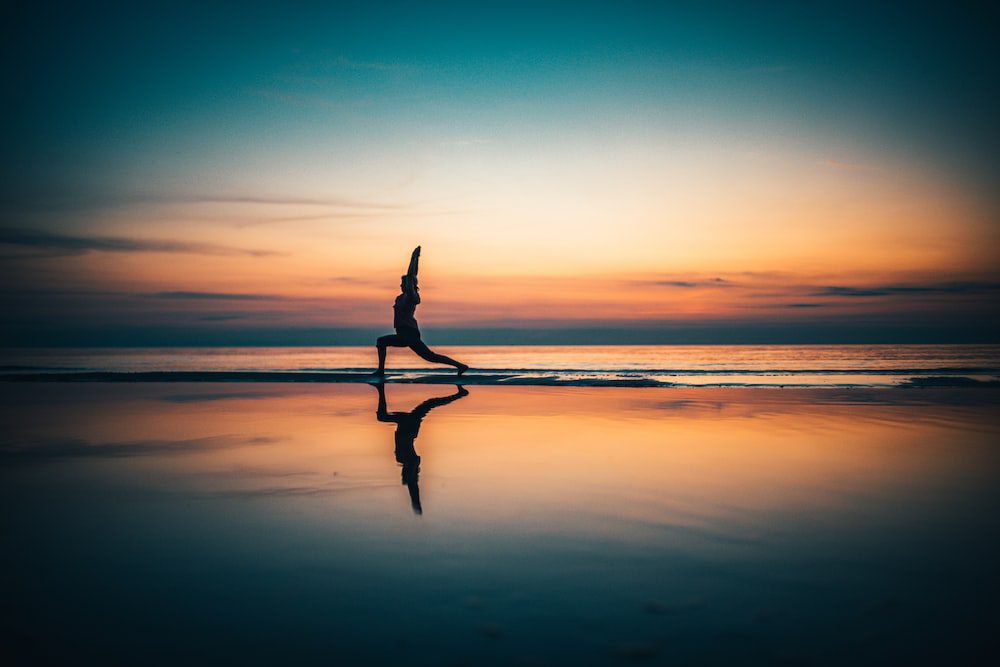
Enhance Your Kitesurfing and Windfoiling Performance with Effective Stretching
Introduction:
Kitesurfing and windfoiling are exhilarating water sports that demand physical strength, flexibility, and balance. Whether you're a seasoned rider or a beginner, incorporating a well-rounded stretching routine into your training can significantly enhance your performance, reduce the risk of injuries, and promote overall well-being. In this blog, we'll explore the importance of stretching for kitesurfing and windfoiling and provide you with a comprehensive stretching routine to optimize your experience on the water.
The Benefits of Stretching for Water Sports:
1. Improved Flexibility: Kitesurfing and windfoiling require a wide range of motion in your joints and muscles. Regular stretching helps improve flexibility, allowing you to move more freely and comfortably on your board.2. Enhanced Balance and Coordination: Stretching engages your muscles and helps improve your proprioception (sense of body position) and balance, crucial for maintaining stability on the water.
3. Injury Prevention: Engaging in water sports can put stress on various muscle groups. Stretching helps alleviate muscle tension, reduces the risk of strains, and minimizes the chance of overuse injuries.
4. Muscle Recovery: Stretching post-ride promotes blood circulation, aiding in muscle recovery and reducing post-exercise soreness.
Pre-Ride Stretching Routine:
1. Dynamic Warm-Up: Begin with 5-10 minutes of light aerobic activity, like jogging or jumping jacks, to increase blood flow to your muscles.2. Neck Rotations: Gently turn your head from side to side and up and down to release tension in your neck muscles.
3. Arm Swings: Swing your arms forward and backward in a controlled manner to warm up your shoulders and arms.
4. Hip Circles: Rotate your hips in circular motions to loosen your hip joints.
5. Leg Swings: Stand near a support and swing one leg forward and backward, then side to side. Switch legs and repeat.
Post-Ride Stretching Routine:
1. Quad Stretch: Stand on one leg and bend the other leg, bringing your foot towards your glutes. Hold onto your foot and gently press your hip forward to feel a stretch in your quad.2. Hamstring Stretch: Sit on the ground with one leg extended and the other bent, foot against your inner thigh. Lean forward from your hips, reaching towards your extended foot while keeping your back straight.
3. Hip Flexor Stretch: Step one leg back into a lunge position, keeping your back leg straight. Gently push your hips forward to feel a stretch in the front of your hip.
4. Shoulder Stretch: Bring one arm across your chest and use your other arm to hold it in place, feeling a stretch in your shoulder.
5. Spinal Twist: Sit on the ground, cross one leg over the other, and twist your upper body in the opposite direction, placing your hand behind you for support.
Tips for Effective Stretching:
- Hold each stretch for 15-30 seconds: This allows your muscles to relax and elongate.- Breathe: Inhale deeply through your nose, exhale through your mouth as you hold each stretch.
- Avoid bouncing: Bouncing can lead to muscle strain; instead, perform controlled, steady stretches.
- Stretch both sides: Ensure you stretch both sides of your body equally to maintain balance and symmetry.
